26 Dec Negligent Driver Files for Bankruptcy to Avoid Responsibility
Negligent Driver Files for Bankruptcy to Avoid Responsibility
In the case of Howell v. Machi, 2017 BCSC 1806, the Plaintiff was injured in a hit-and-run accident. She jaywalked between eastbound cars which had stopped for a red light at Commercial Drive in Vancouver. After safely navigating the two lanes of stopped eastbound traffic, she started to cross the clear westbound lanes that had stopped and was struck by an eastbound pickup truck in the left turn lane. She was thrown up onto the hood of the truck, before landing on the ground unconscious and bleeding.
To access the left turn lane the Defendant driver of the pickup truck must have travelled, at least in part, the wrong way in the westbound lanes and over a yellow painted traffic island. The Defendant did not stop after striking the Plaintiff.
The Plaintiff suffered serious injuries in the accident, including a skull fracture and a complicated mild traumatic brain injury. She now has chronic pain, cognitive issues, and an aggravation of certain pre-existing conditions.
Just before the commencement of the trial, the Defendant filed an assignment in bankruptcy. At the trial, the Plaintiff made submissions with respect to lifting the statutory stay of the proceedings against the Defendant in order to permit her to continue her action against him. The Judge had to determine if she should lift the stay of proceedings under the Bankruptcy and Insolvency Act.
The Bankruptcy and Insolvency Act permits a creditor, or a person affected by the stay, to apply for a declaration that the stay no longer operates in respect of them. It provides two bases for the granting of such a declaration: a) the applicant is likely to be materially prejudiced by the continuation of the stay, or b) there are other equitable grounds on which to make such a declaration.
The Judge was satisfied that the Plaintiff would be materially prejudiced if the stay was not lifted, and she did so for the following reasons:
First, the issue of fault for the accident had to be decided if the Plaintiff was to obtain compensation from any insurance policies which might be available to her, including a third party liability policy or a first party hit-and-run or underinsured motorist policy.
Second, the Defendant declared bankruptcy just weeks before the trial started. By then, preparation for the trial was almost complete. The parties had completed disclosure and examinations for discovery, retained a number of experts, served their reports and attended a trial management conference. Final trial preparation was all that remained.
Third, the Judge was satisfied that delay in determining the issues in this case might aggravate the psychological injuries the Plaintiff alleged as a result of the accident and cause her financial hardship.
Even if the Judge had not concluded that there would have been material prejudice to the Plaintiff from not lifting the stay, she indicated she would have determined that there were other equitable grounds on which to do so.
In general, the Judge noted that lifting stays of proceedings in motor vehicle actions involving bankrupts should rarely be refused. Declining to do so would frustrate the timely and efficient determination of such cases, thereby frustrating access to a Defendant’s available insurance. The Bankruptcy and Insolvency Act should not interfere with a Plaintiff’s right to access the proceeds of insurance policies which may be available to cover personal or property damages and which would not, in any event, be available to satisfy creditors.


